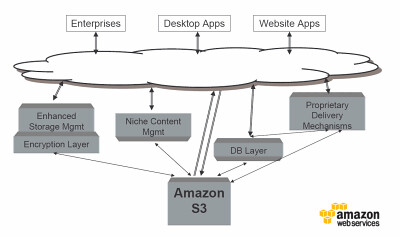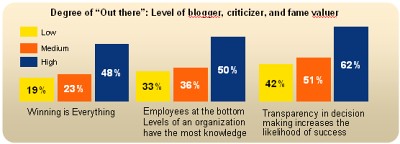Joe Nocera makes the point in his article that the pharmaceutical business is changing. This is particularly well illustrated by the tough times at Pfizer. The modern Pfizer was built on Blockbusters, which is what the industry calls medicines that generate $1 billion or more in annual revenue.
At Pfizer for instance, the top 4 drugs account for 35% of revenue. Lipitor alone with $12.9 billion in annual revenue accounts for 27% of Pfizer's revenue. And with Lipitor coming off patent in 2010, Pfizer needs to worry on how to make up for that blockbuster's revenue.
The blockbuster business model is falling apart - and not only in the pharmaceutical industry by the way. First, big bets like the Lipitor one, require a significant time period to recover the investments to produce such blockbuster and drug patents expire after 17 years. Second, expensive go to market strategies with direct advertising to consumer and doctors are experiencing a backlash.
New business models in the pharmaceutical industry are starting to favor the long tail of drugs where new discoveries tend to be very much targeted and according to Harvard economist David Cutler:
Drugs are eventually going to be customized for individuals.
Jeffrey Kindler, CEO of Pfizer is betting on it and wants Pfizer to become as good at developing $500 million drugs as in coming up with new blockbusters. Well, that's a big bet for Pfizer and let's hope with Pfizer can pull it off.
It will make for a much healthier industry and could be the start of a new area of the long tail of the pharmaceutical industry. It will be interesting to watch closely how successful Pfizer is at revolutionizing its industry.




